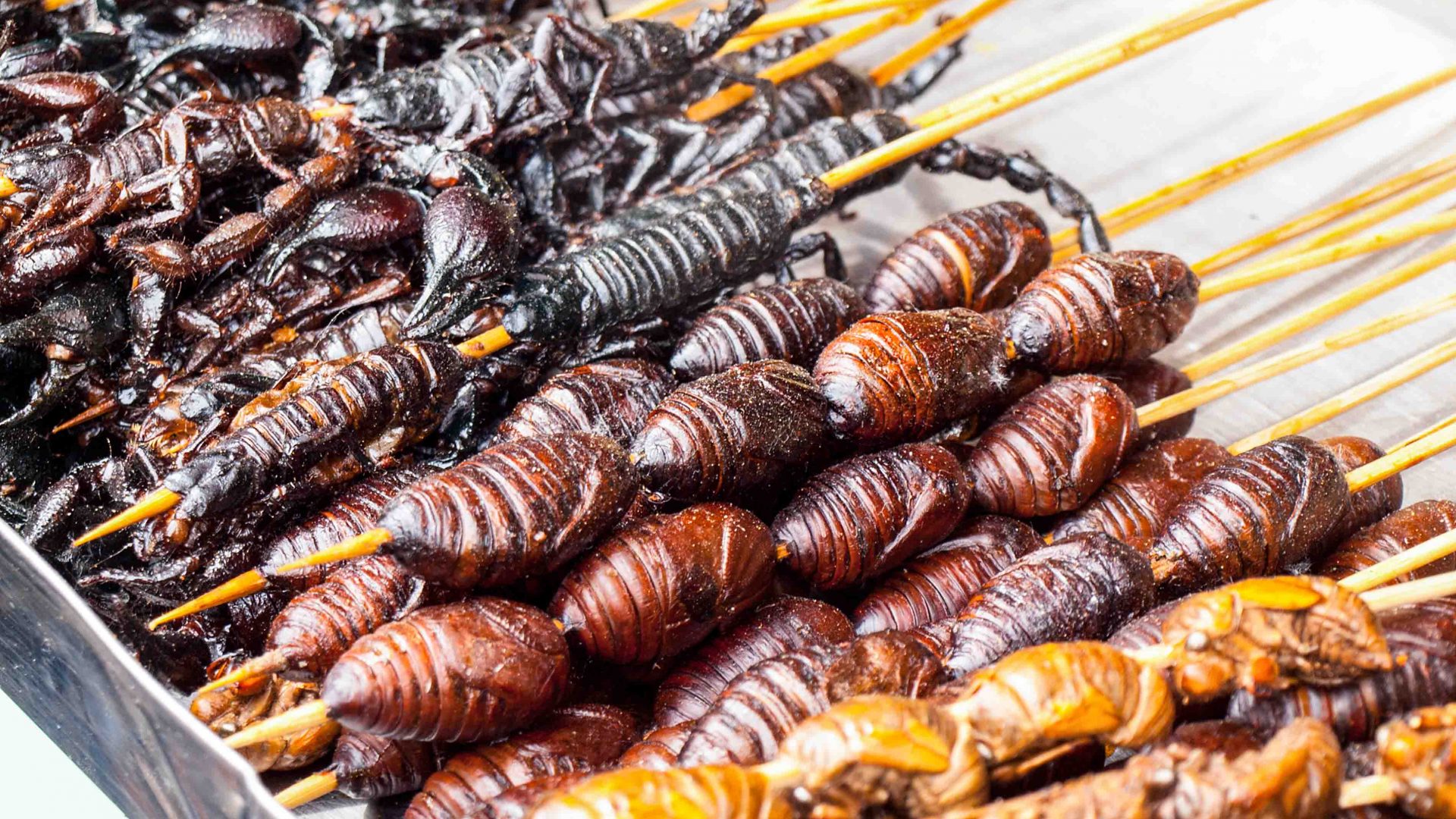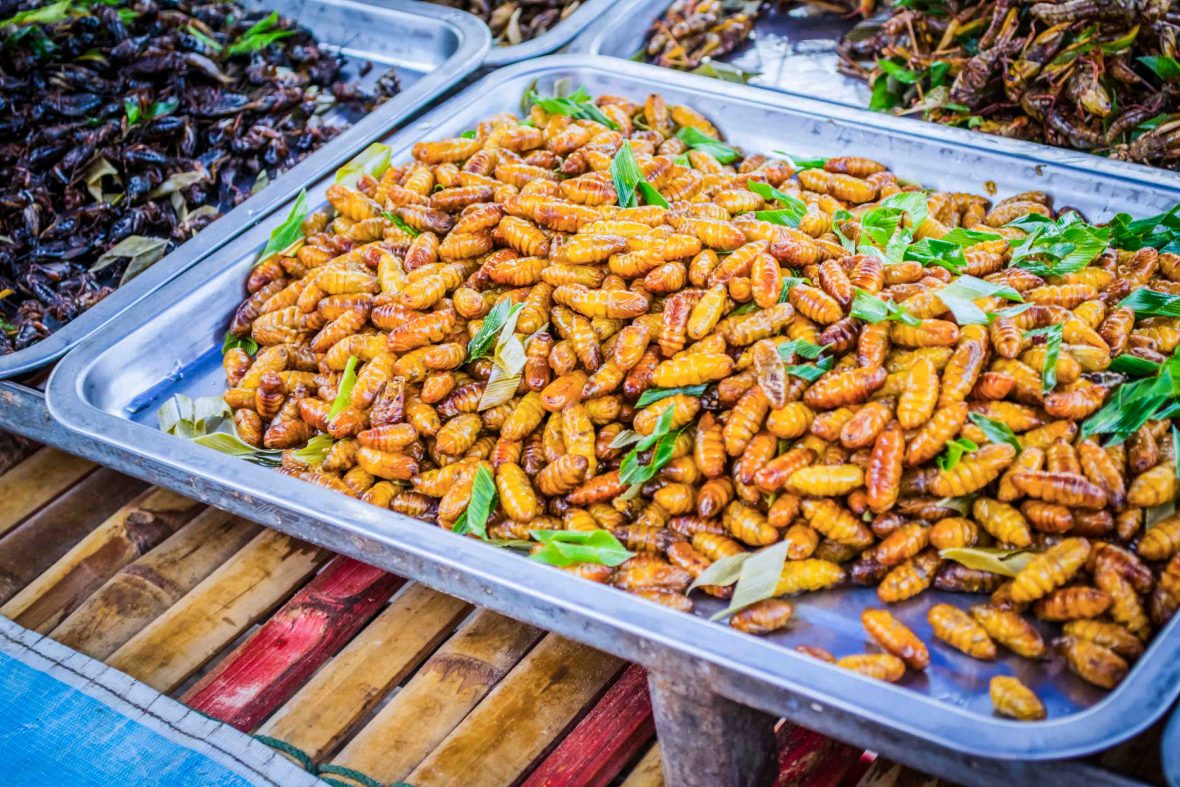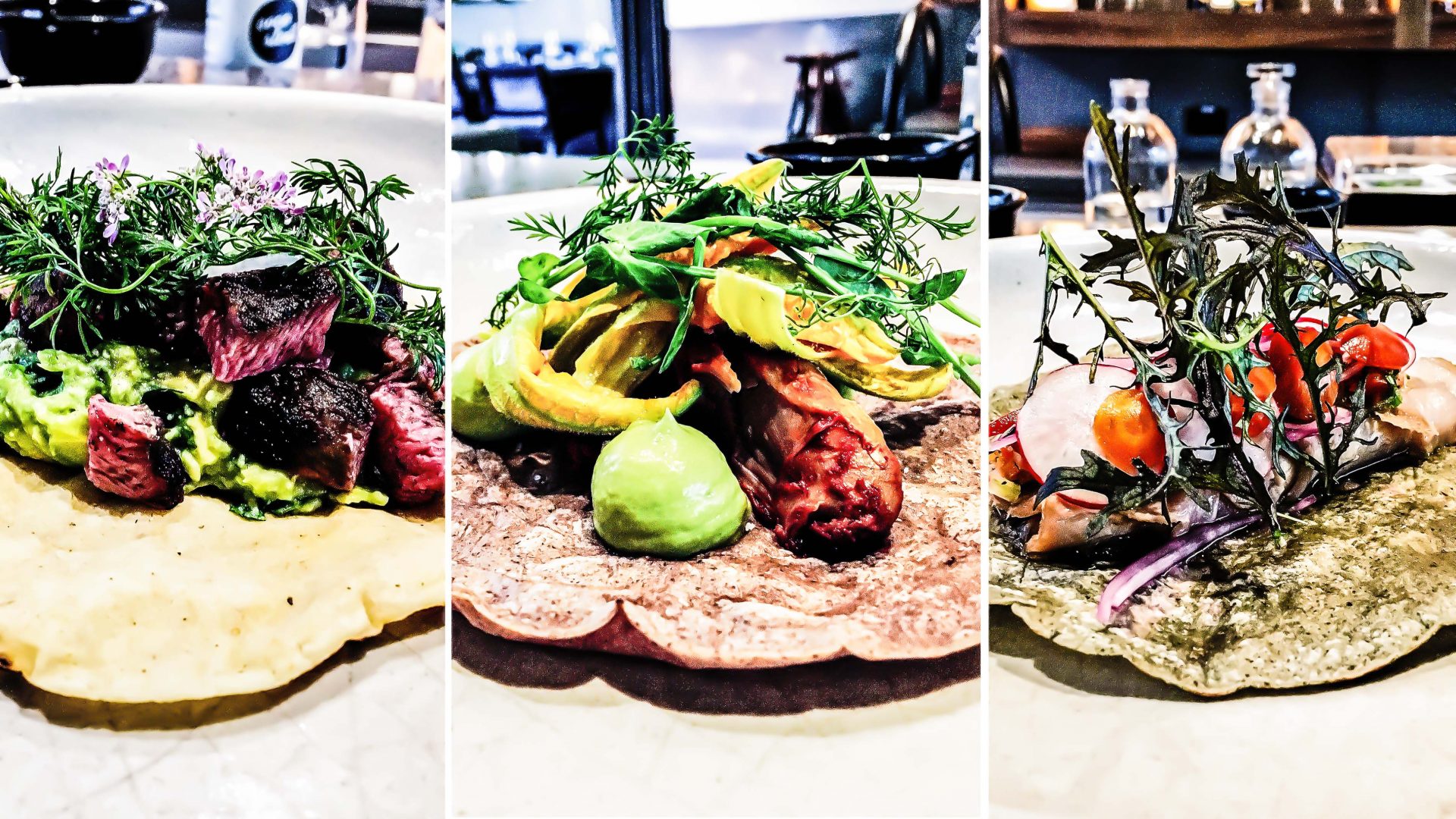Fermented, salted, raw, inside-out, upside-down, still wriggling or any other combination of the unexpected: trying new food when we’re traveling is all part of the adventure. As featured contributor Ben Groundwater finds, sometimes it’s the whole adventure.
’Salted squid’ doesn’t sound so bad. It seems like something you might order in a Thai restaurant back home, something deep-fried and delicious.
That was part of my thinking when I took the plunge and ordered it. I did this despite the local Japanese girl next to me explaining that the thing roughly translated on the menu in front of me as salted squid “wasn’t for foreigners”. In fact, I probably did it because she said that.
Not for foreigners? Perfect. I’ll take it. So I sat there in the izakaya—a Japanese drinking den—in Tokyo sipping my sake and awaiting my food, confident that the salted squid would be tasty, and relatively sure I would enjoy my meal. It was a gamble, particularly given the warning, but it would pay off.
And anyway, you should always gamble when it comes to eating foreign food. You should always take a chance on things you haven’t tried, on dishes that sound strange, on restaurants that seem unfamiliar. This is one of the golden rules of travel, adapted for the voracious eater: always take chances.
RELATED: Why we should travel to ‘dangerous’ places
When you think of risk-taking in terms of travel, food doesn’t often play a part. You think about the tuk-tuk rides through crazy traffic, the internal flights with dodgy domestic carriers, the border crossings in the middle of nowhere. You don’t think about salted squid.
This isn’t merely about filling your stomach either, or pleasing your taste buds. When you’re travelling, eating is a way of interacting with people, a way of burrowing into a culture, a way of discovering places and customs you would ordinarily have missed. And you may have to take risks to find this stuff.
You could eat dinner in your hotel in, say, Chiang Mai, in northern Thailand. You could have safe, recognizable food in that fancy restaurant. Or you could head out to the local night market and see what’s on offer, the deep-fried insects, the ’khao soi noodle soup, the sweet rice flour pancakes. You could eat any of this perched at makeshift outdoor tables on a humid night, drinking cheap beers over ice, taking in the sight of a city doing what it loves best. Now that’s an adventure.
In fact, the same goes with markets the world over: from the bags of grasshoppers in the Ugandan capital Kampalato the mysterious animals in Phonsavan, Laos; from the seafood in Tokyo’s Tsukiji Market to the black-market caviar in Baku, Azerbaijan. To step outside your culinary comfort zone is to witness the world in a different light, to see how people act when they’re doing something they love.
Some of my most memorable travel adventures have involved the consumption of food I’d never seen before—or even heard of. In the city of Jeonju in South Korea, I tried san-nakji, a fairly confronting dish of raw octopus so fresh that it was still wriggling around the plate. It’s a salad that dresses itself. You have to chew it quickly lest the suckers stick onto your throat and suffocate you.
RELATED: A boozy challenge involving human remains
I ate this dish in a back-alley makgeolli bar, a ramshackle drinking den dedicated to the eponymous milky rice beer that’s so popular in Jeonju. Order a copper kettle of makgeolli there, and the food just starts arriving at your table, beginning with the most recognizable and approachable dishes and ending with, well, the san-nakji.
I confess it’s not a dish I’ll seek out again. But still, that was a great night, hanging out with locals, seeing what people do in Jeonju when the sun goes down and the post-work drinking commences. They drink milky beer and they eat octopus tentacles. That’s a story.
And that brings me back to a smoky Tokyo izakaya, where I’m nursing that glass of sake, chatting to my new Japanese friend beside me, waiting for my ’salted squid’ to arrive. Eventually it does, and it’s not what I expected: it’s a sludgy, slimy bowl of chopped raw squid—that I later find out has been marinated in the fermented innards of the same animal.
It’s called shiokara it turns out it’s a much-loved beer snack in Japan. It’s also, to this guy at least, disgusting. I take one bite and realize that the Japanese girl was right: this is not for foreigners. Well, not for this foreigner. In fact it’s one of the worst things I’ve ever eaten.
But I don’t regret ordering it.











